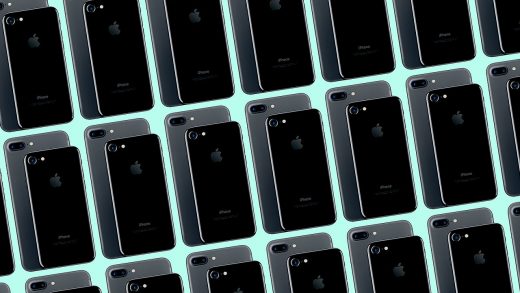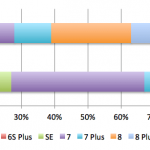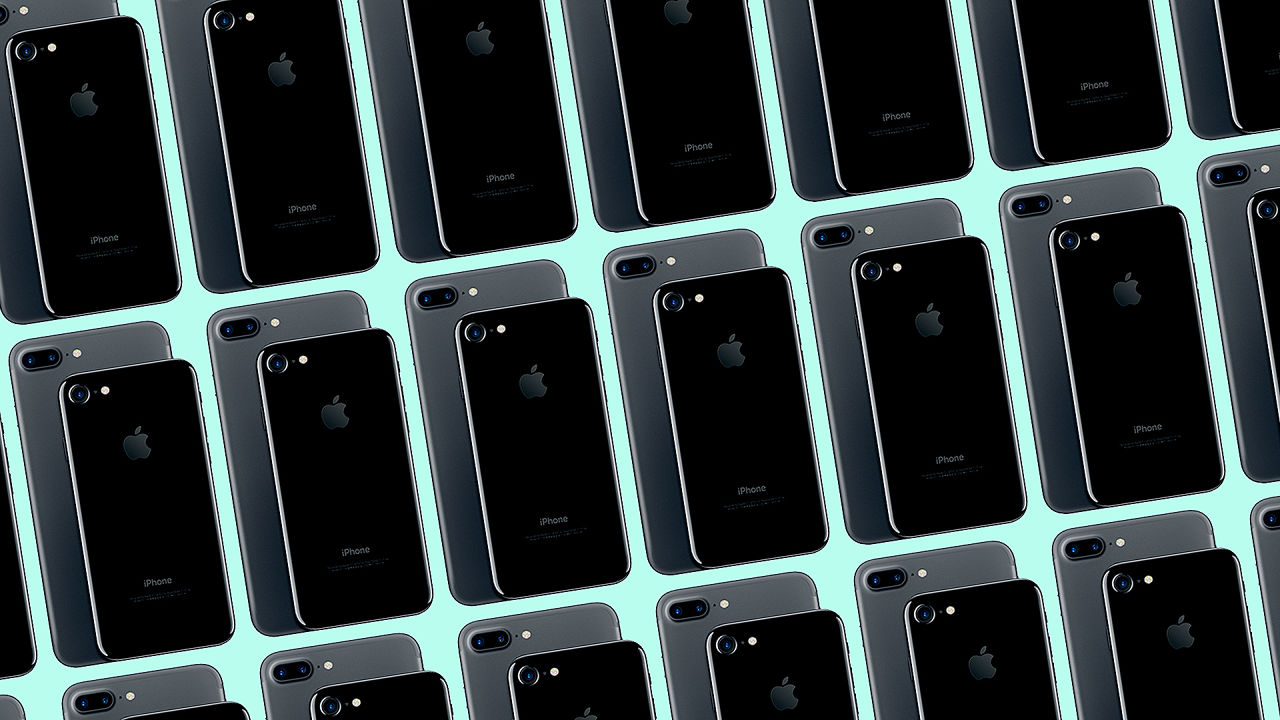How The iPhone 7 And 7 Plus Could Jumpstart A New Sales “Super Cycle” For Apple
Over the last two quarters Apple suffered its first-ever downturn in iPhone sales, a trend that caused quite a stir in the financial community, where the groundbreaking device was seen as something of a perpetual out-performer. Some analysts said iPhone sales had peaked. Others predicted sales would be flat for the next four quarters.
But another theory also emerged: that iPhone sales were only at a lull, and that we could soon see the next “super cycle” of iPhone sales—perhaps starting in 2017.
With the introduction of new iPhones this week, Apple could actually be jumpstarting this super cycle of iPhone sales and upgrades. That’s because it’s introduced some key features in the iPhone 7, and because of its successful “iPhone Every Year” program.
One new feature that could be a big draw for upgraders is the dual-lens camera on the iPhone 7 Plus. When Apple introduced the first iPhone, it included a camera, and from that point on camera phones have had an impact on the point-and-shoot camera market. The most important camera in your life is the one you have with you when you need it, and more often than not, that’s the one on your smartphone. Ever since Apple first introduced the iPhone, users hoped and expected its camera would get better and better every year.
Thankfully, Apple has continued to evolve the quality and capability of iPhone cameras, and the current 12-megapixel rear camera on the iPhone 7 and iPhone 7 Plus are among the best in any smartphone today.
However, the iPhone 7 Plus, with its dual-lens camera with greater image quality and capabilities, is closer to a DSLR than a point-and-shoot camera. That could cause serious interest in the new iPhone 7 Plus among upgraders and new customers, and drive many to upgrade their iPhones in the next year.
Dual cameras that infringe on the DSLR camera market could be a game-changer for Apple (and DSLR camera vendors). It could force all premium smartphones in this direction. To be clear, this dual camera will not replace a DSLR for serious photographers. But it will give those who upgrade to this iPhone model some DSLR features, and for many, that will be enough to satisfy their picture-taking needs.
The second feature that could draw interest in upgraders is the removal of the 100+ year old 3.5mm audio jack. I realize this is very controversial. Some see it as a money grab by Apple, because the company can now collect licensing fees from third-party headphone and speaker makers that need to use the Lightning connector in future products. But Apple diffuses this argument somewhat by including with the iPhone 7 a Lightning-to 3.5mm-adaptor, allowing buyers to continue using their older analog headphones.
But with this removal I believe Apple is signaling that it is time to start moving the smartphone to a true wireless metaphor, and I would not be surprised if this is their first step to eventually adding wireless charging to iPhones in the near future. The new AirPods earphones are a nod to their vision of a wireless future too.
Remember, Apple has a history of killing off old technology to drive the industry forward. It did this when they introduced the 3.5 inch floppy that eventually killed off the 5.3-inch floppy drive. It added CD ROM and CD-RW (Compact Disc-ReWritable) drives to the Macs and forced the entire PC industry to follow suit. It created the All-in-One category with the candy-colored Macs in 1998, and now this is the main form of desktop computer in the market.
With wireless carriers no longer offering subscription service plans, we are moving to what is more like a monthly leasing program for new iPhones. So a new iPhone from any major carrier will start around $30 per month for the lowest-end model, and move upward with the amount of memory capacity in the device. These new “iPhone every year” programs will be attractive to many iPhone users, and this too could help jumpstart this next iPhone sales super cycle.
Next fall, Apple will very likely introduce a new iPhone with a very new design on the tenth anniversary of the iPhone. If the “super cycle” theory is correct, that model would drive huge upgrades across the board for the following two years.
I personally believe that a new iPhone super sales cycle is in the cards. Given what Apple just introduced it is very possible that the new iPhones 7 and 7 Plus may jumpstart a very strong upgrade super cycle that could last for a full three years beginning this holiday season.
Fast Company , Read Full Story
(12)














